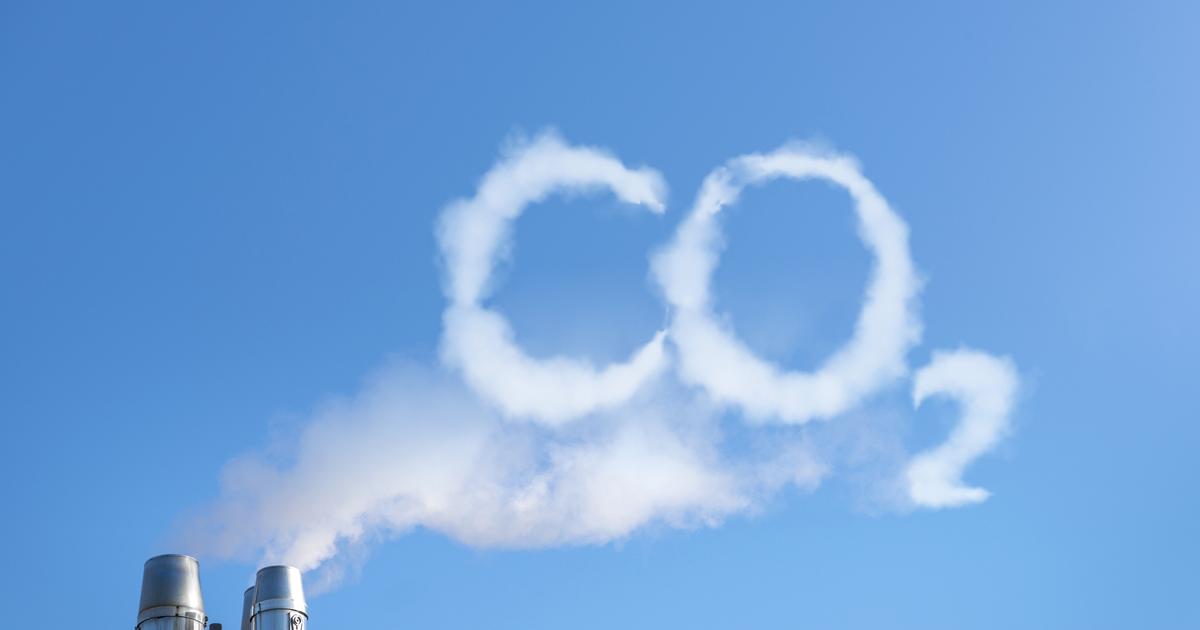Forests, catchments, peat bogs, machines... CO2 elimination projects are currently largely insufficient to achieve international climate objectives, which will require the massive and rapid development of innovative technologies, conclude scientists in the first global assessment carried out on the subject.
This study published Thursday, January 19 ("The state of carbon dioxide removal"), conducted by the University of Oxford, takes stock of the means of capturing CO2 in the atmosphere to store it in the long term, for example thanks to restoration of forests or more recent techniques such as the direct capture of CO2 in the air.
Innovative technologies - like the Climeworks factory which directly removes CO2 from the air in Iceland - are for the moment extremely marginal.
This eliminates in one year only what humanity produces in a few seconds.
But these new methods will have to grow
"rapidly"
to stay within the scope of the Paris agreement, say the researchers.
According to the scenarios, their capacities should be multiplied by a factor of 1,300 – or even more – by 2050. The authors conclude
that “a gap between the level of carbon removal planned by governments and what is necessary to reach objectives of the Paris agreement"
, which calls for limiting global warming to well below 2°C and if possible to 1.5°C,
Not a magic wand
These carbon dioxide removal (EDC) techniques focus on the CO2 already emitted into the atmosphere, and thus differ from carbon capture and storage (CCS) systems at the source, at factory chimneys for example.
Today, EDC makes it possible to remove 2 billion tonnes of CO2 per year from the atmosphere, almost exclusively thanks to forests (reforestation, management of existing forests, etc.), i.e. a fraction of global emissions of approximately 40 billion tons today.
The researchers insist on the fact that these methods should not be considered as a magic wand, which would dispense with reducing emissions.
"Reducing emissions must always be the priority
," said Emily Cox of the University of Oxford during a presentation to journalists.
“At the same time, we need to aggressively develop and scale EDC, especially these innovative methods.
We are only at the very beginning with them and it will take time
, ”said Jan Minx, of the Mercator Research Institute, based in Berlin.
“Fertilize” the oceans
Long seen as marginal or as a ploy by industry to avoid reducing its own emissions, EDCs are now seen as a necessary tool by the UN's Intergovernmental Panel on Climate Change (IPCC).
Their models, for example, reserve an important part for the technique of bioenergy with capture and storage of carbon dioxide: this consists of growing trees which absorb CO2 during their growth, then burning them in order to produce energy and bury the CO2 resulting from this combustion, in abandoned mines for example.
This particular technique, put forward by the IPCC for a long time, is struggling for the moment to develop and comes up against the lack of available land.
Other EDC techniques are in various stages of experimentation and development: improving the ability of soils to sequester carbon, converting biomass into a charcoal-like substance called biochar, restoring peatlands and coastal wetlands, or the crushing of rocks rich in CO2-absorbing minerals and spreading them on land or at sea. Scientists are also experimenting with ways to increase the CO2 absorption capacity of the oceans, for example by reinforcing artificially the marine alkalinity or by
"fertilizing"
the oceans, that is to say by increasing the density of phytoplankton which sequesters organic carbon by photosynthesis.
The authors of the study suggest not to rely on just one of these techniques but to have a "portfolio" of solutions, the composition of which will change over time depending on the resources, technologies and preferences of the moment. .















